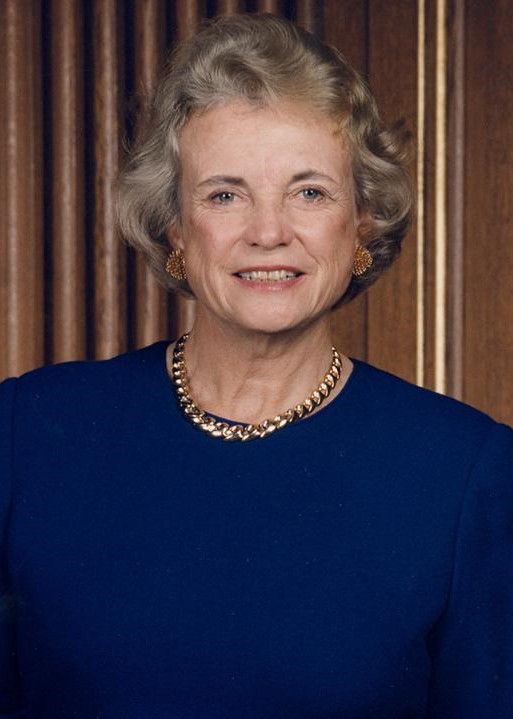Subscriber Benefit
As a subscriber you can listen to articles at work, in the car, or while you work out. Subscribe NowIndiana Chief Justice Loretta Rush paid tribute to the first woman on the nation’s highest court as she attended a funeral service for the late Justice Sandra Day O’Connor.
Funeral services were held Tuesday at Washington National Cathedral, where President Joe Biden and Chief Justice John Roberts memorialized O’Connor.
O’Connor died Dec. 1 at age 93. She had retired from the high court in 2006 after more than two decades.
“It is with tremendous gratitude that I pay respects to Justice O’Connor, a true luminary whose remarkable legacy will continue to guide and inspire us all for generations to come,” Rush said in a statement.
Rush said she was honored to have been invited to celebrate O’Connor’s life and contributions to American jurisprudence alongside several other female state chief justices.
“She is the inspiration for so many of us who entered the male-dominated legal profession without a female role model — including me,” Rush said in the statement. “When I entered law school, there had never been a woman appointed to the United States Supreme Court, and there were very few women judges. Her groundbreaking appointment provided a shining beacon of hope — for me and so many others — that a path existed for women to rise to the top of the legal profession.”
O’Connor died in Phoenix of complications related to advanced dementia and a respiratory illness, according to The Associated Press. In 2018, she announced that she had been diagnosed with “the beginning stages of dementia, probably Alzheimer’s disease.”
Her husband, John O’Connor, died of complications of Alzheimer’s in 2009.
O’Connor’s nomination in 1981 by President Ronald Reagan and subsequent confirmation by the Senate ended 191 years of male exclusivity on the high court.
A native of Arizona who grew up on her family’s sprawling ranch, O’Connor wasted little time building a reputation as a hard worker who wielded considerable political clout on the nine-member court.
Biden called O’Connor “a pioneer in her own right” who shattered barriers in both the political and legal worlds, along with the “nation’s consciousness.” He said that “her principles were deeply held and of the highest order.”
Roberts, in his eulogy, also highlighted O’Connor’s trailblazing career and said her leadership shaped the legal profession, making it clear that justices were both men and women.
She had a distinct style during arguments, often jumping in with a question that cut to the heart of a case, he said. That put her most important issues on the table quickly, in line with one of her favorite sayings: “Get it done.”
Please enable JavaScript to view this content.

